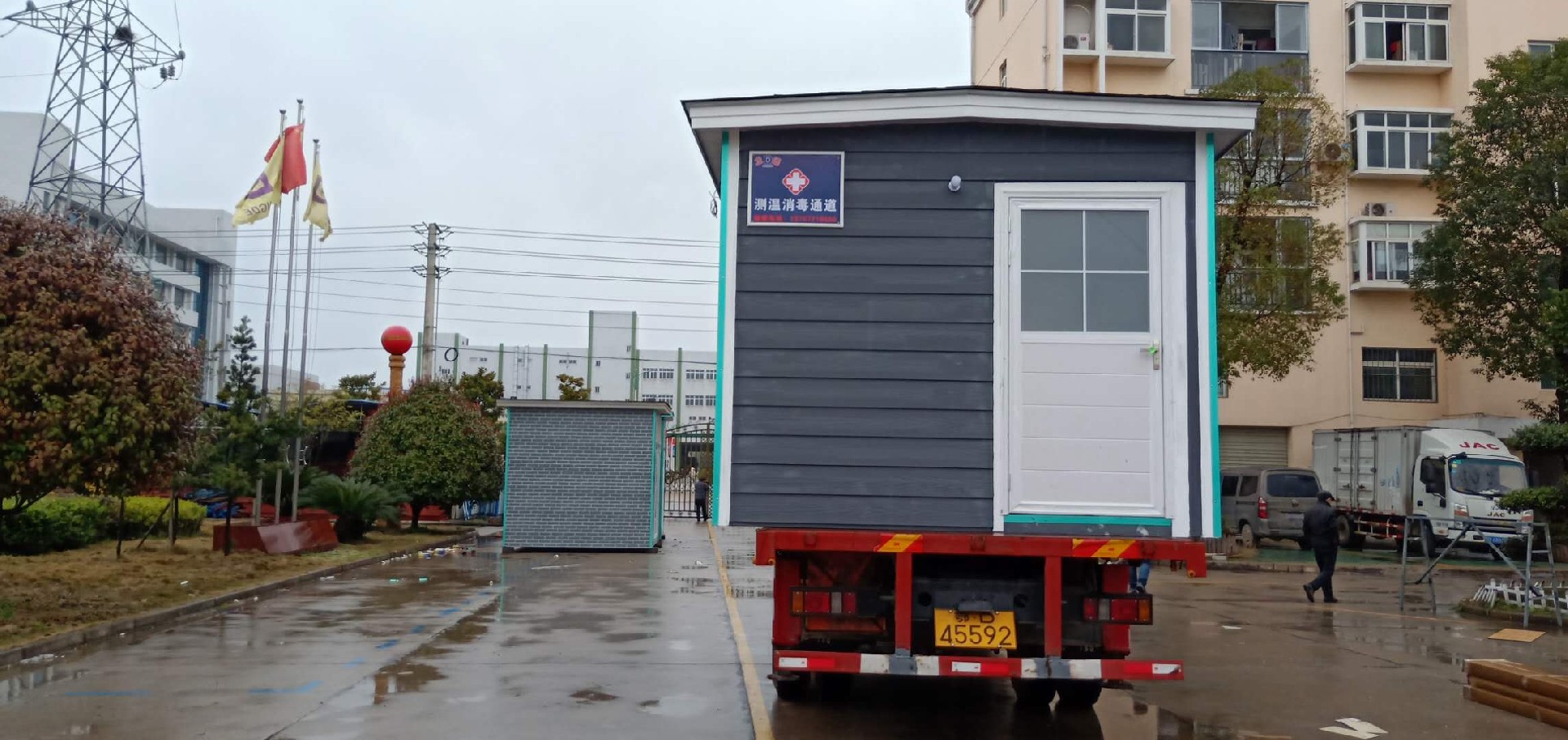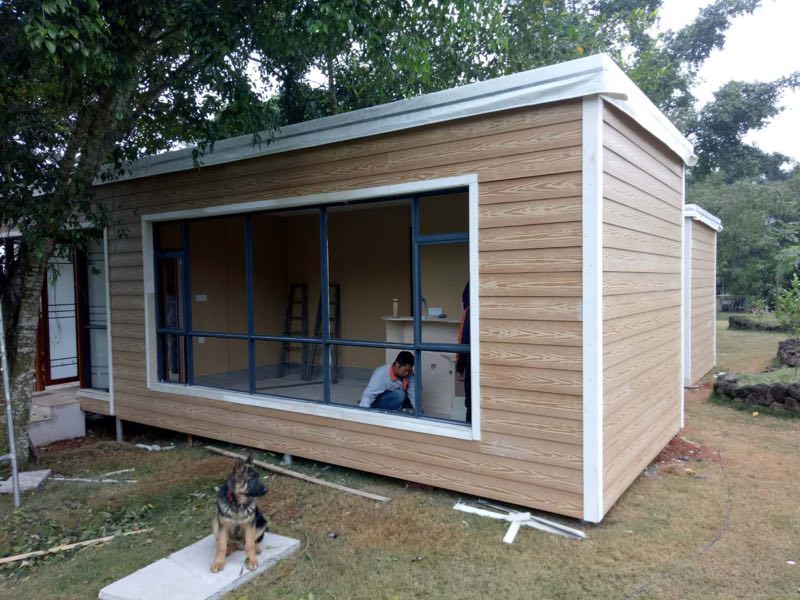Installation method of Expandable folding container house
In modern society, Expandable folding container house are gradually becoming the preferred choice for temporary accommodation, creative office, outdoor adventure and other scenarios with their unique portability, efficient space utilization and environmental protection characteristics. However, facing this emerging architectural form, many people are unfamiliar with its installation process. This article will analyze the installation method and Detailed Parameters of Expandable Folding Container House. From preliminary preparation to final move-in, every step strives to be detailed and practical, helping you to easily build your own dream space.

Ⅰ. Preliminary preparation: planning and design
1. Site selection and evaluation
Before installing a foldable container house, the first task is to choose a suitable site. The ideal site should be flat, solid, and well-drained, and away from safety hazards such as high-voltage wires and flammable and explosive items. In addition, the size restrictions of the site must be considered to ensure that the selected foldable container house can be placed smoothly.
2. Design and customization
Although foldable container houses are mainly standardized in design, many suppliers provide customized services to meet the needs of different users. During the customization process, you can choose the size, color, layout and internal configuration of the house according to your preferences and actual needs. At the same time, considering the portability of the folding container house, the convenience of its disassembly and transportation should also be considered during the design.

3. Preparation of materials and tools
The materials and tools required for installing the folding container house mainly include: the container house body, connectors (such as screws, nuts), foundation materials (such as concrete blocks, wooden boards), measuring tools (such as tape measures, level rulers), power tools (such as electric drills, screwdrivers), etc. Make sure that all materials and tools are ready, and check whether their quality and quantity meet the requirements.
Ⅱ. Foundation treatment: stability and safety
1. Leveling the foundation
After selecting the site, the foundation needs to be leveled. Use an excavator or manually remove obstacles such as weeds and gravel to ensure that the foundation surface is flat and without potholes. For uneven foundations, concrete or sand and gravel can be used to fill them to achieve the ideal flatness.
2. Foundation reinforcement
In order to ensure the stability of the folding container house, the foundation needs to be reinforced. According to the actual situation of the foundation, you can choose to reinforce it by laying concrete blocks, wooden boards or steel mesh. The reinforced foundation should be able to withstand the weight of the container house and possible natural forces such as wind pressure and snow pressure.
3. Drainage system
During the foundation treatment process, the setting of the drainage system should also be considered. Make sure there is a good drainage channel around the foundation to avoid water accumulation and damage to the container house. At the same time, set drainage holes at the bottom of the container house so that rainwater can be discharged in time.
Ⅲ. Installation steps: from unfolding to fixing
1. Container house unfolding
After preparing the foundation, you can start to unfold the folding container house. According to the instructions provided by the supplier, use power tools or hand tools to gradually unfold the various parts of the container house. During the unfolding process, pay attention to keep the balance and stability of each part to avoid damage.
2. Connection and fixation
The unfolded container house needs to be fixed with connectors. According to the instructions in the manual, use screws, nuts and other connectors to tightly connect the various parts of the container house together. During the fixing process, ensure that each connection point is firm and reliable to avoid loosening or falling off during use.
3. Adjustment and correction
After the connection is completed, the container house needs to be adjusted and corrected as a whole. Use tools such as a level ruler to check the horizontality and verticality of the container house to ensure that it meets the design requirements. For parts that do not meet the requirements, adjustments and corrections are required to ensure the stability and beauty of the container house.
4. Door and window installation
After the main structure of the container house is installed, the doors and windows can be installed. According to the doors and windows and installation instructions provided by the supplier, use power tools or hand tools to install the doors and windows in the designated position. During the installation process, pay attention to keep the doors and windows flat and stable to ensure that they can be opened and closed normally.


